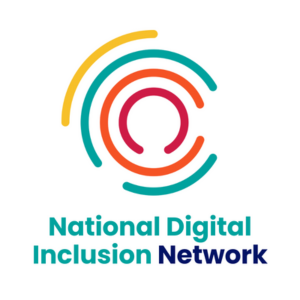Insights
INSIGHTS
All Topics
Why charities should make website accessibility their New Years Resolution
29 Dec 2021by Laura Stanley
We explore how charities can make their website accessible for their users, with helpful advice from Access’s free resource hub
There are 14.1 million people living with a disability in the UK, including 19% of working age adults and 46% of pension age adults. Yet, in 2019, a report found that less than 1% of website home pages are likely to meet standard accessibility requirements.
Indeed, websites are still generally in a poor position when it comes to accessibility, even 13 years after the World Wide Web Consortium first published its guidelines. Only last year, disability charity Scope warned that many public sector websites in the UK were unlikely to meet the 2020 legal deadline for making their websites accessible, after discovering that that nine in ten of the biggest councils in England had accessibility errors on their websites.
It’s crucial then, as we approach 2022, for charities to pay particular attention to accessibility when planning their digital strategy. Web accessibility is a must have, regardless of how an organisation chooses to structure its website, and there are many elements to think about to ensure the site is accessible to the communities that use it.
For example, people with a visual impairment may use software tools that read text displayed on a computer screen and plays it back with human speech audio. Therefore, it is important to put descriptive alt text on images so they can be read aloud, while also considering the site’s colour scheme and brightness on the screen.
This is just one of many factors to review when building accessibility into a website. Making your website accessible forms the third pillar upon which a successful website should built, according to The Successful Charity Website Playbook from Access Group, which offers direction on how to accommodate users with different needs.
It offers a three-pronged approach, focusing on:
- Design – such as your site’s colour contrast, font size and layout
- Code – how users navigate your site
- Content – the importance of captions and removing ‘clutter’ that trips up audio readers, such as emojis
Making your website accessible is particularly important for the charity sector, whose services depend on reaching as many people as possible, both donors and beneficiaries.
It is also a legal matter, under the Equality Act, and, in America, web accessibility lawsuits rose by more than a third during the first half of 2021, compared to the same period a year earlier.
Now, more than a year after the web accessibility deadline passed, it is clear that charities must place a commitment to accessibility must stand at the heart of what they do. Whatever stage your charity’s site is at, Access’ playbook exists to help that commitment come to fruition.
Download the guide to making your website accessible
Click above to check out third guide in The Successful Charity Website series from Access Group
Laura Stanley
More on this topic
Related Content
Recommended Products
Recommended Products
Featured Products
27 Jan 2025by Laura Stanley
Charity Digital Exchange: Grow your charity with AWS
21 Jan 2025by Charity Digital
Building strong data foundations before AISponsored Article
Our Events
Charity Digital Academy
Our courses aim, in just three hours, to enhance soft skills and hard skills, boost your knowledge of finance and artificial intelligence, and supercharge your digital capabilities. Check out some of the incredible options by clicking here.

















